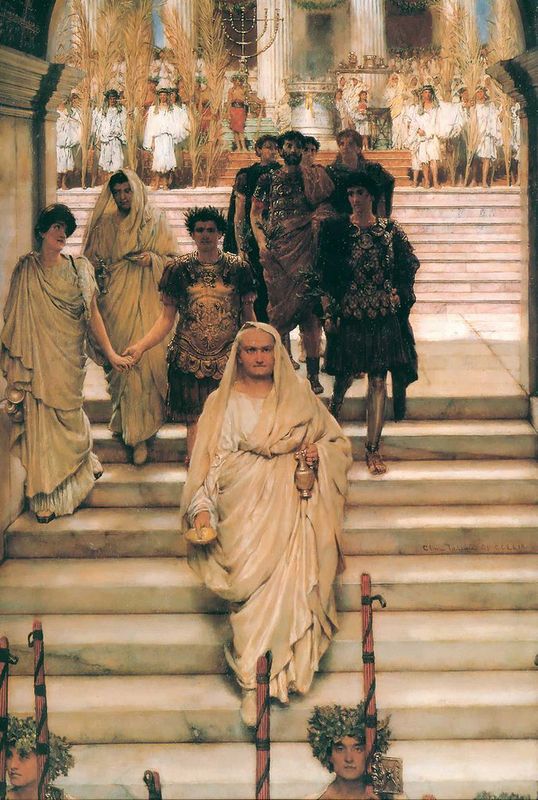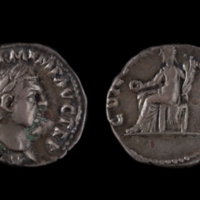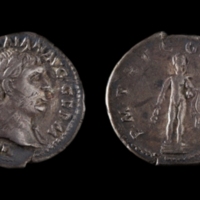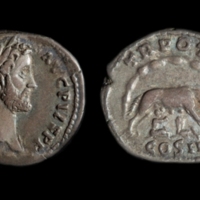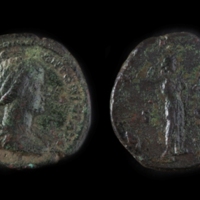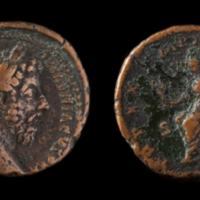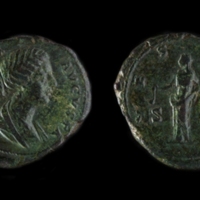Flavian to Nerva-Antonine
The Julio-Claudian dynasty was arguably the most successful dynasty of the Roman Empire. Starting with Augustus in 24 BCE and ending with Nero in 69 CE, the Romans saw a long era of relative peace within their empire. This pattern changed with the death of Nero. Though the next few hundred years did see many successful dynasties, the precedent for violent ascension was definitively set with the struggle for power that followed Nero's heir-less reign; otherwise known as The Year of Four Emperors.
The Flavian dynasty started with this violent fight for power. In 69 CE alone, four emperors took the throne. It started with Galba, a Roman governor who had rebelled mutinously against Nero. Galba, however, did not pay the proper (monetary) respects to the Praetorian Guard, the ancient equivalent of the secret service and, along with other acts that angered powerful Romans, was murdered in the beginning of the year.
Otho came to power the same day by the recognition of the senate. Emperor for only three short months, he was defeated by Vitellius after several short battles and committed suicide.
Vitellius, one of whose coins is part of the Hallie Ford collection, was recognized by the senate upon news of Otho's death. It is accounted by Tacitus (Hist. 2.76) that Vespasian was persuaded to take up arms against Vitellius on account of his supposed gluttony and decadence.
Vespasian was the eventual winner and started the Flavian dynasty (69-96 CE), which included himself and his sons, Titus and Domitian.
Domitian had a long, but somewhat controversial reign; essentially depleting the senate of its last real power. He was murdered in 96 CE and the senate recognized the elderly Nerva as the new emperor.
The Nerva-Antonine dynasty was highly successful, beginning in 96 CE and lasting until 192 CE with the assassination of Commodus. The Nerva-Antonine dynasty boasts some of the most famous names from Roman history; including Trajan, Hadrian, Antoninus Pius, Marcus Aurelius and, more infamous than famous, Commodus.
This essentially marks the end of a relative calm that came from planned ascension of power. After Commodus, the violent fights over imperial power are seemingly never-ending. There are some successful reigns, most notably that of Septimius Severus and Diocletian, but the empire will never know the prosperity and influential power of the earlier empire again.
